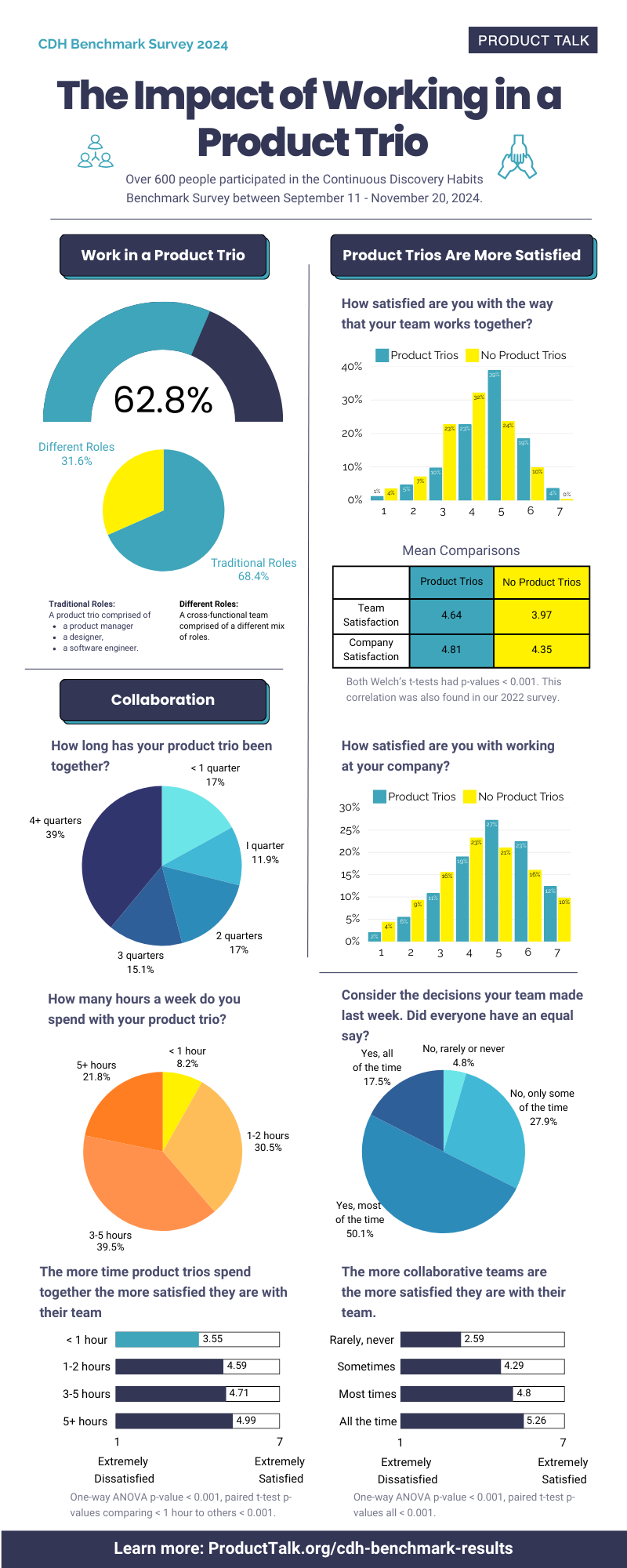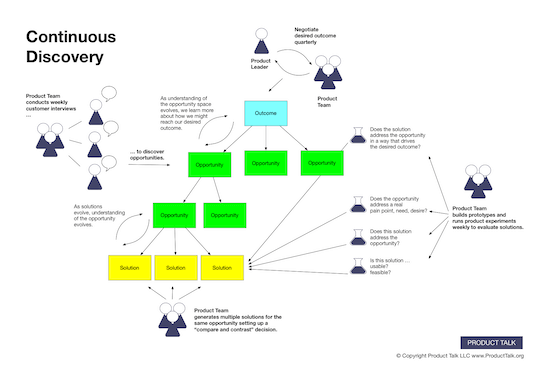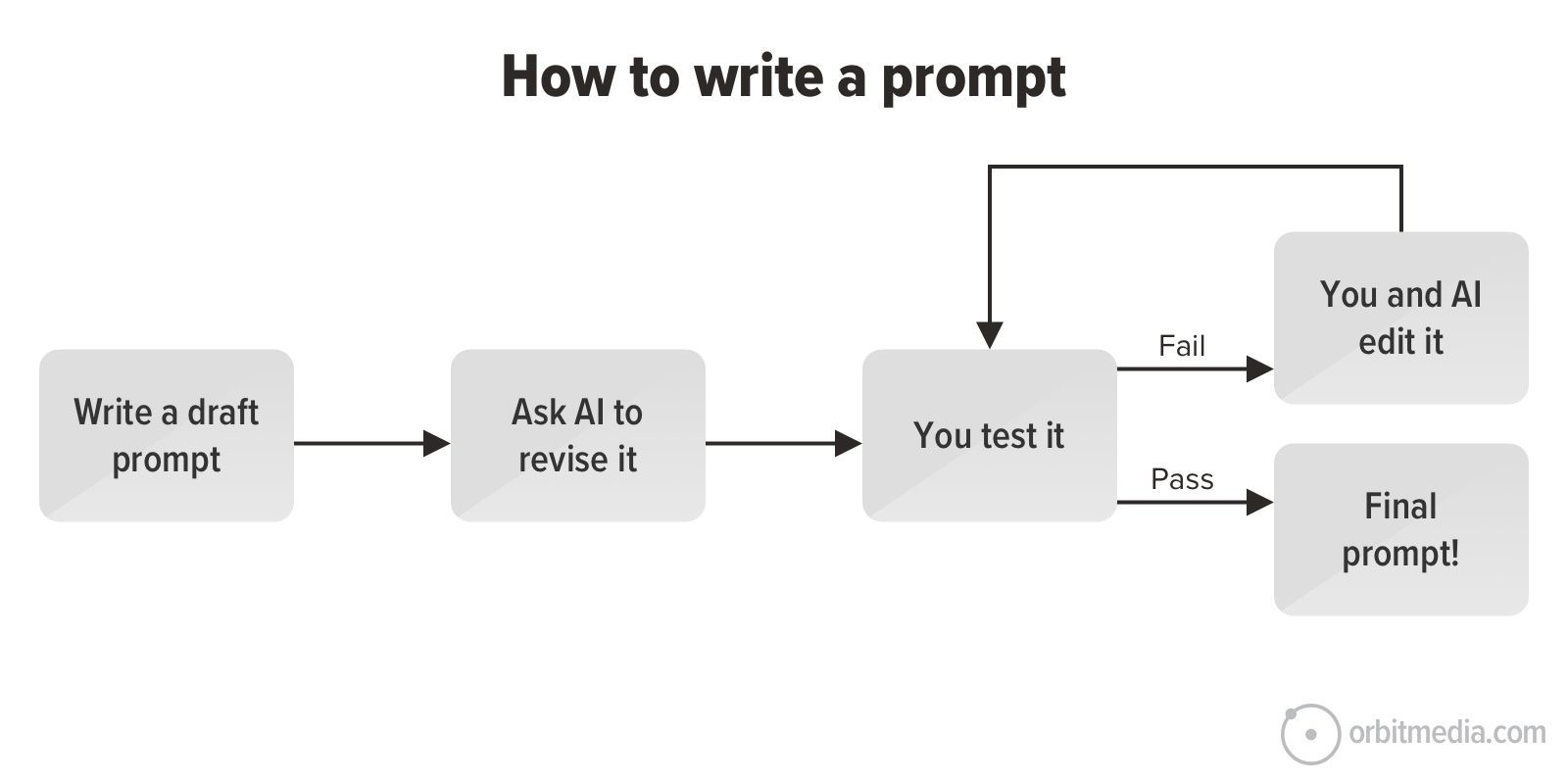Guide to Creating a Winning International Marketing Strategy

Expanding your business into global markets can unlock tremendous growth opportunities. However, entering international markets requires a well-planned strategy to overcome cultural, linguistic, and logistical challenges. A winning international marketing strategy ensures your brand resonates with diverse audiences while maintaining a competitive edge.
In this guide, we’ll explore the key steps to crafting an effective international marketing plan that drives success.
1. Conduct Thorough Market Research
Before entering a new market, research is critical. Understand:
-
Demographics – Age, income levels, and consumer behavior.
-
Cultural Nuances – Local customs, traditions, and purchasing habits.
-
Competitors – Who dominates the market? What strategies do they use?
-
Legal & Regulatory Factors – Compliance with trade laws, taxes, and advertising regulations.
Tools like Google Market Finder and Statista can provide valuable insights.
2. Define Your Target Audience
Not all markets respond the same way to your product. Segment your audience based on:
-
Geographic Location – Urban vs. rural preferences.
-
Language & Communication Style – Tailor messaging accordingly.
-
Buying Behavior – Do they prefer online shopping or in-store experiences?
Creating buyer personas for each region helps in personalizing campaigns.
3. Adapt Your Brand Messaging
A one-size-fits-all approach rarely works in international marketing. Consider:
-
Localization – Translate content accurately and adapt visuals to cultural preferences.
-
Tone & Style – Humor and idioms may not translate well—keep messaging clear.
-
Brand Values – Align with local values (e.g., sustainability in eco-conscious markets).
Example: McDonald’s adapts menus globally—offering vegetarian options in India and rice burgers in Japan.
4. Choose the Right Marketing Channels
Different regions favor different platforms:
-
Social Media – Facebook and Instagram dominate in the U.S., while WeChat is key in China.
-
Search Engines – Google leads in the West, but Baidu is essential in China.
-
E-commerce Platforms – Amazon in the U.S., Alibaba in Asia, or Jumia in Africa.
Invest in SEO and localized paid ads to maximize reach.
5. Optimize for International SEO
Ranking globally requires:
-
Country-Specific Domains (e.g.,
.uk,.de) or subdirectories (yoursite.com/de/). -
Hreflang Tags – Tell search engines which language version to display.
-
Local Keywords – Use native-language terms that locals search for.
6. Leverage Influencer & Partnership Marketing
Collaborating with local influencers or businesses builds credibility. Look for:
-
Micro-influencers – They often have higher engagement in niche markets.
-
Industry Experts – Partner with regional thought leaders for endorsements.
7. Monitor & Optimize Performance
Track KPIs like:
-
Conversion Rates – Are international visitors buying?
-
Engagement Metrics – How do different regions interact with your content?
-
ROI on Campaigns – Adjust budgets based on performance.
Use tools like Google Analytics and Hotjar to refine strategies.
Conclusion
A successful international marketing strategy requires research, localization, and continuous optimization. By understanding your audience, adapting messaging, and leveraging the right channels, your brand can thrive globally.
For more expert insights on global business strategies, visit Investopedia.com.
















































































































![Building A Digital PR Strategy: 10 Essential Steps for Beginners [With Examples]](https://buzzsumo.com/wp-content/uploads/2023/09/Building-A-Digital-PR-Strategy-10-Essential-Steps-for-Beginners-With-Examples-bblog-masthead.jpg)















![How to Use GA4 to Track Social Media Traffic: 6 Questions, Answers and Insights [VIDEO]](https://www.orbitmedia.com/wp-content/uploads/2023/06/ab-testing.png)



































